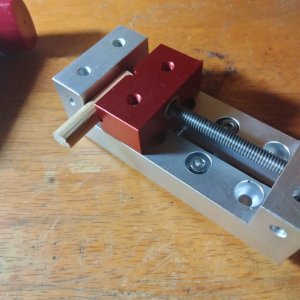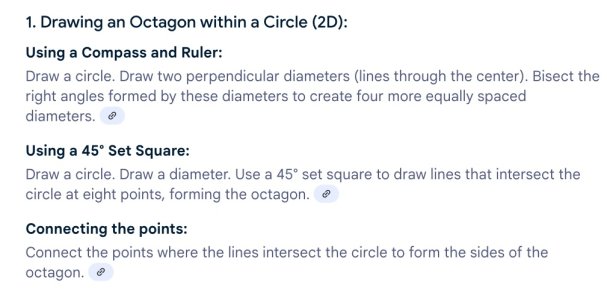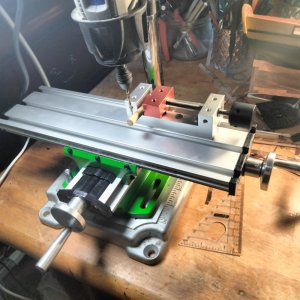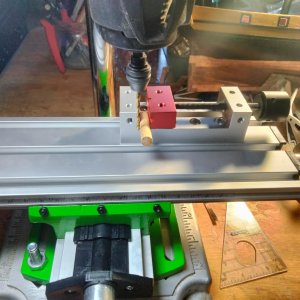- Joined
- Oct 1, 2023
- Messages
- 1,768
- Points
- 488

This is the first time I have encountered an octogonal spar center.
I want to mill down the flats using my Dremel Workstation and an x,y table.
My problem is that I don't know how to calculate the width of the flats other than divide the circumference of the dowel divided by eight.
Both views in the drawings show the flats being level with the center portion of the tapered spar. (I believe that's an error.)
The width of the flats on the plans won't work as that width times eight flats exceeds the width of the supplied materials.
My plan is to mill the flats and then taper the remainder. Building up the center flat portion to f necessary.
I've ever used a milling machine other than full sized and don't know how to index the flats.
I have some ideas but am not confident and have no spares to practice with.
A third idea is to cut out the center portion, mill it the pin/dowel it to the outer portions. Looks fiddly and prone to error
I could use so.e advise.
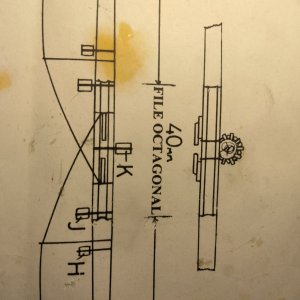
I want to mill down the flats using my Dremel Workstation and an x,y table.
My problem is that I don't know how to calculate the width of the flats other than divide the circumference of the dowel divided by eight.
Both views in the drawings show the flats being level with the center portion of the tapered spar. (I believe that's an error.)
The width of the flats on the plans won't work as that width times eight flats exceeds the width of the supplied materials.
My plan is to mill the flats and then taper the remainder. Building up the center flat portion to f necessary.
I've ever used a milling machine other than full sized and don't know how to index the flats.
I have some ideas but am not confident and have no spares to practice with.
A third idea is to cut out the center portion, mill it the pin/dowel it to the outer portions. Looks fiddly and prone to error
I could use so.e advise.





